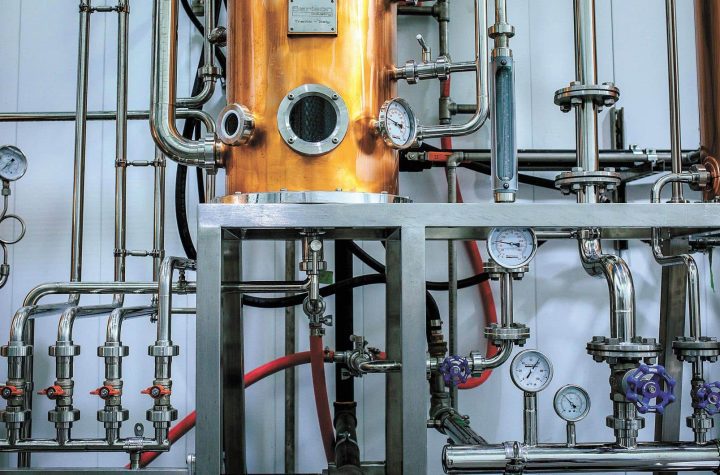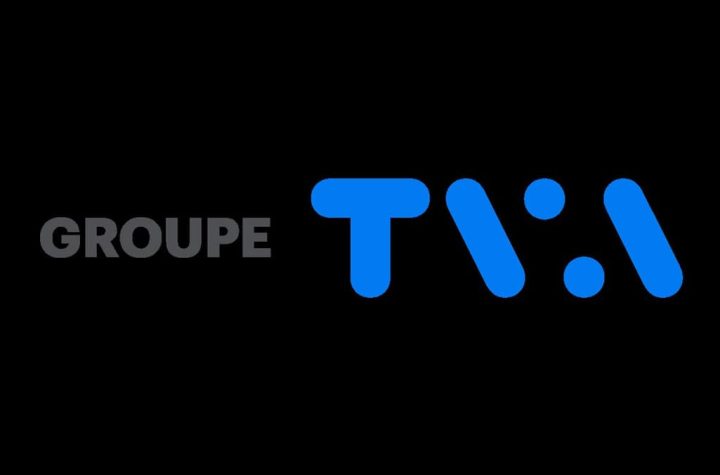
It could be that you rarely think about your sewer line. If it’s working well, why should you? Despite this, if your sewer system develops unexpected problems, you will most likely seek assistance immediately. Let’s look into some possible problems you might encounter and their solutions.
What are the Signs of a Broken Sewer Line?
If you have a broken sewer line, you will see several signs that will be pointers if there’s a problem with the drainage system. These include:
- A persistent clogged pipe
- Sewer smell getting into your house
- Your lawn patches have an appealing appearance
- Mold appears on your floor, ceiling, and walls.
- Consistent drain backup
- Having slow drains
- Gurgling in your toilet whenever you flush it
A sewer line repair or other drain line services can solve the problem. However, you might require an entire sewer line replacement in some cases. Regardless of all factors, such issues suggest the need for hiring a professional to inspect the sewer line. Let’s identify what leads to these sewer line problems.
Top 3 Causes of Damaged Sewer Lines
1. Grease and Fat as the Top Causes of Drain Problems
Blocked drains are commonly due to grease and fat poured into the sink when washing greasy utensils. As it flows down the drain, the grease accumulates along the pipes, forming what is known as ‘Fatbergs.’ The fatbergs end up blocking the pipes, causing major backup issues.
2. Tree Roots Intrusion to Drain Pipes
Tiny cracks or leaks on your underground pipes can serve as an attraction for tree roots to penetrate and thus encourage the growth of their roots within your plumbing system. When this happens, it exposes your pipe to further damage, like your pipe bursting despite the damage it causes to your pipes, and it will also obstruct water flow.
3. Clogged Pipes Due to Debris and Foreign Objects,
Debris and other foreign objects do not have a place in your pipes. They will inevitably cause blockages with unwanted results whenever they penetrate your drainage system. One such outcome is sewage overflow.
How To Fix A Broken Sewer Pipe?
Previously, the solution to fixing broken pipes was digging up the pipe, finding the point of breakage or leak, and either replacing or repairing it depending on the extent of the damage. However, with the current advances in technology, the use of the trenchless system doesn’t warrant any digging. Let’s discover which method best suits you.
Trenchless Sewer Repair Vs. Traditional: Understanding The Difference
Traditional Sewer Repair
The traditional sewer repair method entails excavation of the region surrounding the broken part that could be causing damage to the streets, landscape, sidewalks, and buildings near the place. Upon uncovering the broken pipe, the plumber will cut it out and replace it with a new one. Considering the amount of work entailed during this process, the businesses or residential areas could be without water for some days as they await the completion of this work.
Upon completing this work, the laborers will rebury the pipes and restore any damage along the streets or landscape. It is for this reason that traditional sewer replacement is costly. Apart from repairing and restoring the damages, the work requires that heavy equipment be used. As a result, the labor amount increases.
Trenchless Drain Repair
In other methods of repairing drains, there’s no need to destroy either walls, foundations, or flooring by digging or removing their portions to expose a building’s pipes. Plumbers use two methods for trenchless drain repair; pipe bursting and pipe relining.
What is Pipe Bursting?
Pipe bursting is one of the trenchless drain repair methods that involves pushing the old damaged pipe until it bursts off the ground. Once this pipe is out, a new pipe is put in its place without digging the earth. When using pipe bursting, there’s no need to dig up a trench to remove the damaged portion of the pipe.
What is Pipe Relining?
Pipe relining, also called the cured-in-place pipe or CIPP is a repair method that involves inserting a smaller pipe made of fiber sleeves soaked in resin into the old damaged pipe. These sleeves are pushed into the pipe through an access point and given time to cure. Over time, these pipes become solid, and the leak stops. This drain relining method is quick, easy to implement, and cost-effective.
Why Choose Trenchless Sewer Line Repair?
Whereas the traditional sewer repair method takes several days to finish, trenchless sewer repair only takes a few hours. Plumbers have used it for several decades to solve sewer line problems. The method might involve either minimal or no area digging; hence, no major cleanups are necessary after the repairs.
Following a trenchless sewer line repair, property owners will not have to reseed or replace the sod on their lawns. Since the trenchless repair takes a shorter time and requires minimal labor and use of equipment, it is more affordable. Regardless of the drain line issue you are experiencing, Cheap Plumber Toronto offers the best solutions to these problems, all at an affordable cost after a diagnosis.





More Stories
Variable Speed Drives and the IIoT: Enabling Predictive Maintenance
Where to Start Automation. Monitor Stands
Amid Rising Water Rates, Property Managers Save 15 to 35 Per Cent With Canadian Water Savings’ Smart Valve™